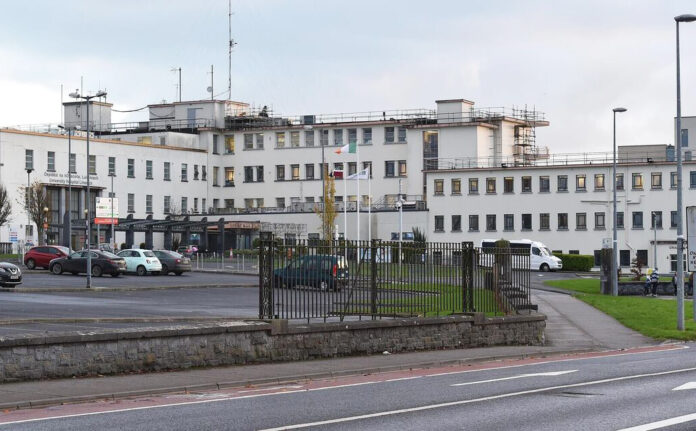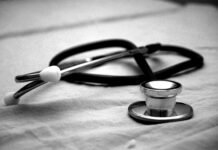
THERE have been more than 26,500 ‘Adverse Incidents’ over five years in the hospitals covered by the University Hospital Limerick group and that figure increased by more than one-third in the last year.
That’s according to data obtained by the Aontú Representative for Limerick, Sarah Beasley through a series of parliamentary questions which confirmed that some 26,559 adverse incidents have been reported by the University of Limerick hospital group to the HSE’s National Incident Management System (NIMS) since 2018.
An ‘adverse incident’ can cover many types of incidents from trips and slips to actions which result in serious injury.
Last year saw a record of 6,307 notifications made to the UL Hospital Group and the number of adverse incidents has increased by 36 per cent in five years in the midwest hospitals, Ennis, Nenagh, St Johns and Raheen.
Ms Beasley said that it is “worrying ” that in the Mid West over 26,500 people have experienced adverse incidents in hospitals.
“National half a million people have had an adverse incident in the last five years, that 1 in 10 people, that’s a jaw dropping number when you think about it.’’
“There is a huge cost here in terms of health and in terms of funding. A previous answer to a parliamentary question from Aontú showed that the State Claims Agency has paid out some €1.4 billion in compensation following HSE ‘adverse incidents’ in the past five years,” Ms Beasley said as she called for an investigation into the cause of the most recent spike.
Commenting to the Limerick Post, a hospital spokesman said that the data shows that no harm resulted in over 60 per cent of cases and serious harm in less than 1 per cent of the incidents reported in the group.
The spokesman said: “The HSE has been working for some years to increase the level of reporting of adverse incidents, no matter how minor, in our health services. Staff are encouraged to report all ‘near misses’ and incidents – even those that do not result in harm.”
“In addition, the health service is treating significantly more patients. There were 3.5 million outpatient and c.1.8 million inpatient / day case attendances nationally last year. In addition to this planned (‘scheduled’) care, our hospital system also treated c.1.7 million patients during this same period in emergency (‘unscheduled’) care, which represents a 11 per cent increase on 2019 levels and reflects the ongoing pressure on hospitals and increased Emergency Department (ED) attendances, particularly amongst older people.”
“Incident reporting is reflective of a good patient safety culture. It allows us assess and analyse incidents and work constantly to improve systems and practice.
“As such, an increase in the number of reports is unlikely to reflect an increase in the number of such incidents but an improvement in reporting culture. In healthcare, a low number of reports tends to be a cause for concern.”
“Near misses do not involve harm. However, it is particularly important that they be reported in order to prevent any recurrence which could cause harm.”
“In relation to incident reporting at UL Hospitals Group, the most recent HIQA inspection report noted that UHL’s rate of incident reporting was higher than comparable Model 4 hospitals in 2022 and that “higher reporting rates of clinical incidents generally suggest there is a good reporting culture and greater visibility of risk at UHL, which are key determinants for safer healthcare services”.










